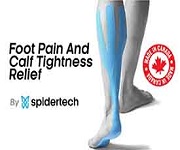 |
|||||||||||||||||||||||||||||||||||||
| Past Issues | Advertise with us | CFPM Website | Become a Member | |||||||||||||||||||||||||||||||||||||
|
|||||||||||||||||||||||||||||||||||||
Practice for sale; price is $25,000. Call 416-420-9686 for information and to schedule an appointment to visit.
Post your Practice for Sale on our website: FREE to all CFPM members The CFPM can post a practice for sale ad to reach the chiropody/podiatry community. This service is FREE to members only: https://www.podiatryinfocanada.ca/Add-a-Posting
|
|||||||||||||||||||||||||||||||||||||










